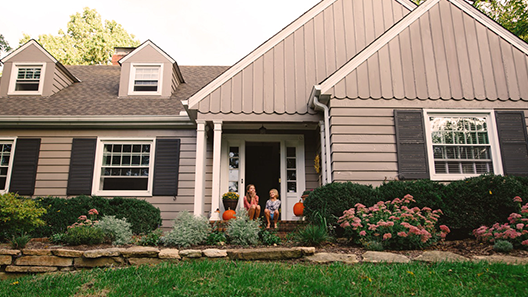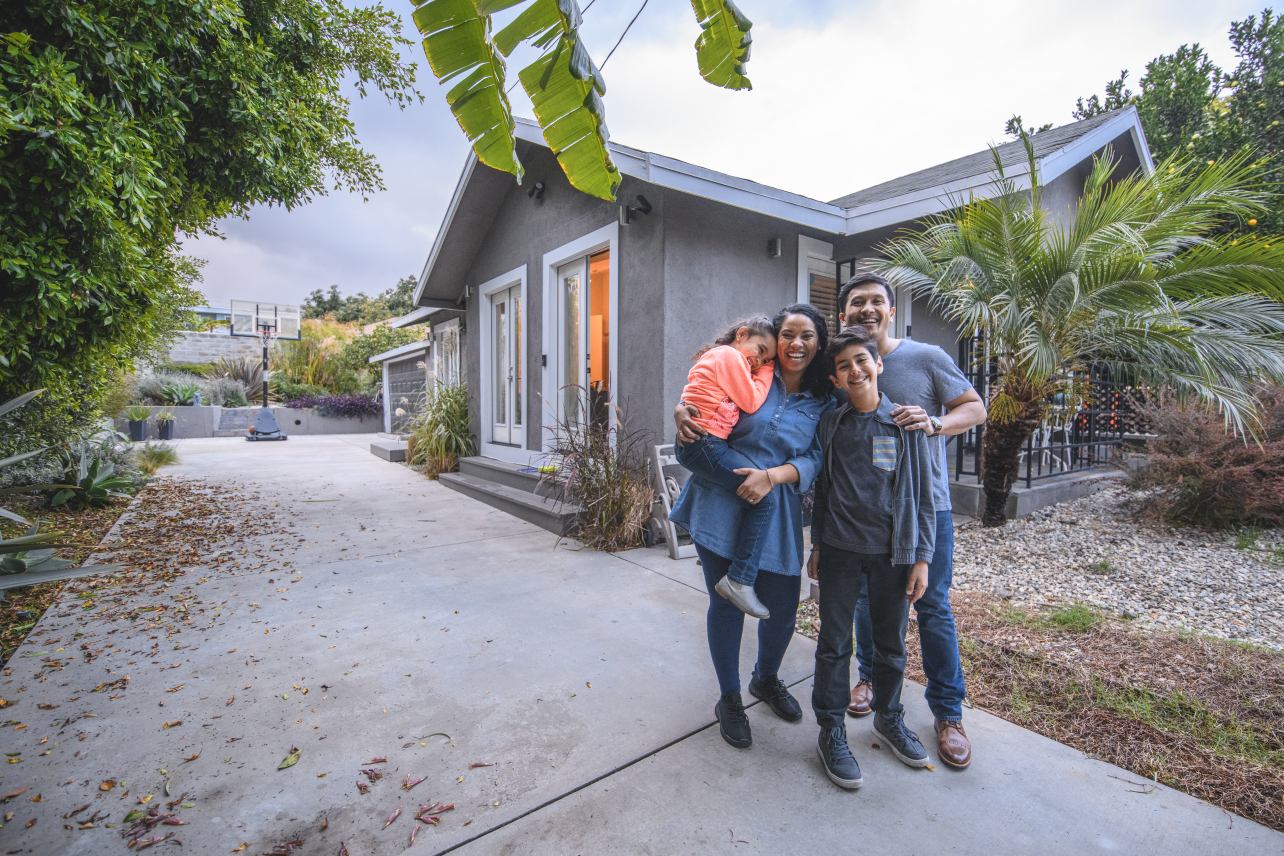COVID-19 wreaked havoc on the U.S. economy and ended a record economic expansion that began in June 2009. Additionally, job losses resulting from COVID-19 ended a streak of 113 consecutive months of job growth. In an assessment that marked one year since the beginning of the pandemic, CNBC stated that air travel plunged and, “the auto industry faced the greatest demand shock experienced in modern times.”
Restaurants were also hit particularly hard and according to data from OpenTable’s State of the Industry site, seated diners from online, phone, and walk-in reservations were down 36% by March 13, 2020, and down 99.35% by March 20 of the same month.

As stay-at-home orders were put into place; the U.S. quickly shifted into a work-from-home economy and the use of video conference calls for remote work boomed. Stanford economist Nicholas Bloom recently stated that “the U.S. is now a working-from-home economy: around 42% of the labor force now work from home full time, and only 25% are still working in an office.”
Small Businesses Impacted by COVID-19
Small businesses have been ravaged by COVID-19 and their challenges remain even as the economy begins to reopen. A new NFIB jobs report shows a record 44% of all small business owners report having job openings they could not fill. The report stated that the figure is 22 points higher than the 48-year historical average. “The tight labor market is the biggest concern for small businesses who are competing with various factors such as supplemental unemployment benefits, childcare, in-person school restrictions, and the virus. Many small business owners are currently finding hiring extremely difficult and some are offering bonuses to potential employees if they “show up” for work.
Employment Numbers
This week Whitehouse.gov stated, “today’s jobs report showed the labor market added jobs in April, although at a slower pace than in March. The economy added 266,000 jobs in April, for an average gain of 524,000 over the last three months. Over the last three months, the economy added 1.5 million jobs and the unemployment rate ticked up.”
From CNBC, “April’s expected hiring boom went bust as nonfarm payroll grains fall well short of expectations.” The same story listed Labor Department numbers showing that not only had the unemployment rate for April risen to 6.1% but that March’s originally estimated total of 916,000 new jobs had been revised down to 770,000. The unemployment rate is currently still 2.6% higher than it was before the start of the pandemic.
Ready to seize these low rates before they rise?
Industries are Recovering
Despite the recent job numbers and inflation jitters, the economy is showing signs of recovery. From Washington Post we have, “with stimulus cash and jobs spike, the U.S. emerges as the main engine for global economic recovery…making the United States the largest single contributor to global growth for the first time since 2005, according to Oxford Economics.” There is an increasing belief that the Fed will attempt to control the growth by raising interest rates to head off inflation as CNBC reported this week, “But the concern is that inflation could become too hot, and the Fed would be forced to raise interest rates and keep raising them…” If that holds, the expected post-COVID-19 growth in the economy is very likely to increase the cost of borrowing and drive-up mortgage rates.
Yes, Interest Rates Are Going Up
History has demonstrated that one of the impacts of a growing economy is a corresponding rise in interest rates. Now that the world is beginning to emerge from COVID-19, we’re already beginning to see interest rates rise. Some “telegraphing” around what is likely on the horizon came recently from Janet Yellin. The Treasury Secretary indicated that rates may have to rise to keep the economy from overheating primarily because of trillions in recent government stimulus spending. During an economic forum, Yellin stated, “it may be that interest rates will have to rise somewhat to make sure that our economy doesn’t overheat.”
Should You Refinance? Here’s Why
Today’s market reflects some of the historically lowest refinancing rates that a home buyer has ever been able to attain in the market. Refinancing now may lower your mortgage rate and thereby reduce your monthly mortgage payment. Related options include changing your loan type and term or going from an ARM to fixed payments since doing any of these could save you thousands of dollars over the term of your loan. Additionally, a refinance could shorten the term of your mortgage and/or allow you to pay it off sooner.
Want more mortgage news?
*https://www.corelogic.com/intelligence/home-equity-gains-reached-new-highs-in-2021/
Disclaimer: by refinancing the existing loan, the total finance charges may be higher over the life of the loan.



